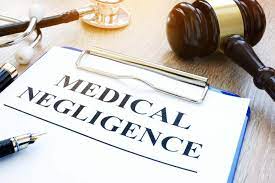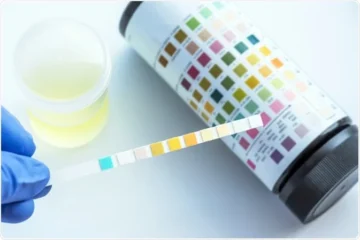Strategies to Minimize Medical Negligence Cases

The possible vast majority of medical negligence claims are filed on behalf of people who have died or by patients who have sustained permanent injuries. A medical negligence lawsuit’s emotional toll can drastically erode a doctor’s trust and confidence. As a result, many medical professionals are critical of themselves, and they notice any conceivable blunder in the care process. Every day, clinicians encounter dangers ranging from the poor follow-up to alleged diagnostic errors. Doctors and other medical personnel, on the other hand, can establish and execute procedures and policies to safeguard them and can improve them by determining what factors contribute to the likelihood of medical negligence litigation.
Risk Management Techniques
Doctors can reduce the risk of medical malpractice while simultaneously improving the quality of treatment they provide to their patients by employing different theories.
Doctors’ Responsibilities in Mitigating Risks
Bad Communication
The primary strategy to conducting a medical practice should be open and honest communication between the patient and the practitioner. When patients believe their doctors care about them and have their best interests at heart, they are more forgiving and accepting of mistakes. The number of medical negligence lawsuits has dropped dramatically in recent years, owing in part to doctors’ honesty when confronted with unexpected consequences. It’s also crucial to remember that an unfavorable outcome isn’t always a sign of inadequate care or malpractice. Patients are more likely to file a lawsuit if there is a lack of communication and a negative outcome. Effective written communication includes explaining recommendations, interpreting lab results, and retaining accurate and up-to-date patient encounter records.
Training that isn’t up to par and a failure to maintain standards
Doctors must stay current with their training and skills in their specialties. They should be aware of any recent breakthroughs, such as technological advancements, illness management changes, and newly published standards of care. Some medical negligence claims, for example, focus on whether the clinician followed the most recent medical procedural guidelines.
Expectations
Litigations involving medical negligence can take a long time to resolve. After an occurrence, a medical negligence case could take years to resolve. Medical negligence lawsuits must go through a lengthy inquiry procedure, which includes discovery. This process alone could take months to complete. It is critical to maintain concentration on other elements of your life while dealing with a malpractice case.
Patient consent
Another issue to consider is the patient’s permission. Doctors should always double-check that their patients have agreed to any subsequent therapy or operation. Before the procedure, the doctor must thoroughly discuss the risks with the patient and include that information in a consent form that the patient must sign.
Inadequate follow-up
Doctors’ inability to follow up also contributes to a large percentage of medical negligence suits. Doctors occasionally fail to obtain test results, while patients occasionally fail to complete tests as directed. Consequently, doctors and other medical personnel must keep track of the status of such directives to ensure that no instructions are overlooked or ignored.
Patient time
The physician’s capacity to display care, empathy and likeability is determined by the amount of time spent, allowing the patient to express his concerns. A doctor’s risk of being sued decreases the more time he spends with a patient.
Strategies
Medical science has progressed at an exponential rate in recent years. Health-care delivery, on the other hand, is still very much a human endeavor. Evidence suggests that errors are frequently caused by the thoughtless application of untested habits rather than due to a lack of information.
Policies at the hospital
The physician is less likely to get into problems if they follow hospital policy about treatments and processes. The facility is less likely to defend itself if the physician deviates from regulations and hospital standards when managing the patient.
Keeping informed
While most physicians keep up to current on the newest continuing medical education programs/conferences/workshops/symposia, the importance of knowing what’s going on in the field of medicine is growing. Medical News is frequently reported in consumer magazines and on the Internet. Patients regularly discuss what they see on social media; being able to discuss those stories with your patients, even if the treating doctor does not practice them, will enhance their confidence.
Litigant in the making
Every patient should be viewed as a potential plaintiff by a rational clinician. Its purpose is to keep a doctor aware of the importance of adhering to a set standard of care and avoiding any risky behavior. A doctor should not dismiss any claim, whether oral or written, and should be prepared to respond to allegations in a clear, firm, and sympathetic manner.
Conclusion
If doctors perform medicine with due care, sincerity, efficiency, and expertise bring significant societal benefits. Because of the medical profession’s corporatization, which has resulted in the commercialization of this noble profession, which goes antagonist the letter and spirit of the Hippocratic Oath, the cordial relationship between doctor and patient has altered considerably. Rapid improvements in medical research and technology have proven to be valuable tools for doctors in better diagnosing and treating patients. But they have also become tools for people’s economic exploitation. Professional misconduct and negligence legislation have not progressed to a suitable level, and medical negligence laws are weak and do not cover all facets of the problem. Medical negligence cases can be mitigated or prevented by ensuring patient satisfaction, following policies and procedures, providing patient-centered care, and understanding how to defend against negligence judgments.











